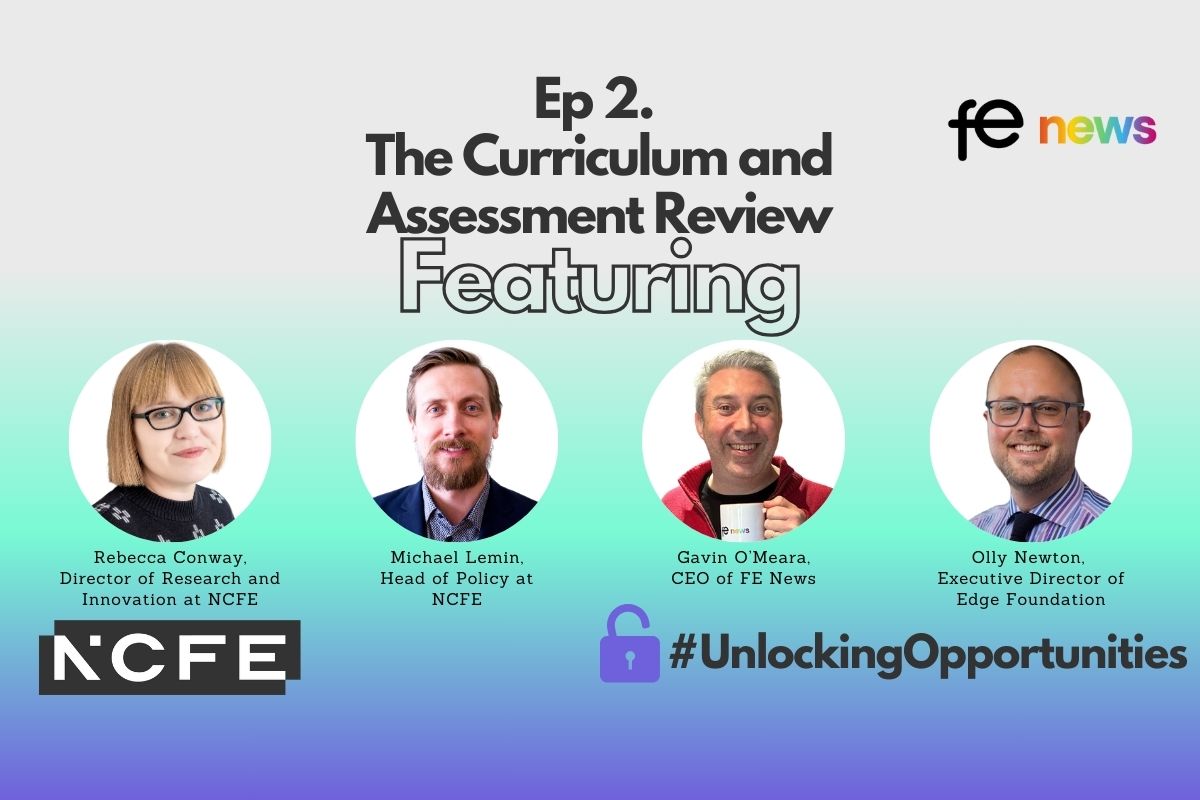Realising the potential of Virtual Learning Environments (VLE) in FE

For teachers looking for a practical, effective way to give learners more flexible access to resources, Virtual Learning Environments (VLEs) are an obvious answer.
Most learning providers from primary schools upwards have one. But five years after an Ofsted report said that many VLE systems were ‘still on the cottage industry scale’ some are stagnating and of limited value. While there’s no doubt that it’s useful for a learner to be able to go online and find the hand-out that they’ve lost, a VLE that is no more than a repository for PDF-ed documents represents a wasted opportunity.
A really effective VLE can provide fresh new ways for learning providers to engage their learners with ideas, to develop learners’ study skills and to provide fast, efficient feedback and assessment. By creating that dynamic online space learning providers can optimise their investment in their VLE and improve learners’ experiences and outcomes.
So it’s been a frustration for some colleges and other learning providers that teachers often struggle to create VLE resources that are educationally sound, intellectually challenging, engaging and easy to use. Many don’t have the time or doubt the currency of their digital skills.
Certainly lack of available time and a low level of confidence in their digital skills were factors identified by tutors at the Grimsby Institute Group when they were seeking to boost use of their VLE at the beginning of last year. The Group, which provides FE and HE learning provision across a wide area of England’s east coast, worked with Jisc to devise a solution to their problem– the growing difficulty of finding genuine, work-based learning opportunities for learners.
The Group offered internships to five learners on its Levels 1 to 3 business and computing courses, working with group head of e-learning Ross Anderson, department heads and individual teachers to improve online course areas. Over a six-month period the learner interns revamped course pages to make them more engaging and more supportive for learners and created training pages specifically designed to support staff in the development of their digital skills and confidence. Their successful completion of their project has obvious benefits everyone involved with these courses and for the interns themselves there have been additional gains. These include interview experience (at their interviews for the posts, several “sold themselves short”, according to Ross) and a greater confidence in their own abilities. They also have some highly relevant work experience to add to their e-portfolios. The pilot project is just one more example of how engaging learners as change agents can be a highly effective strategy.
But before you unleash learners on your own VLE, it’s worth taking a little time to evaluate what you already have – to identify what’s good and what is less so and to prioritise areas where you need to get started first.
Jisc TechDis’s senior advisor for FE Alistair McNaught and I have been working together to develop a tool that can help with that. The VLE Evaluation Tool for Content was initially created for the Offender Learning and Skills Service to evaluate and improve its own VLE Virtual Campus. But it’s equally useful for monitoring the VLE of any learning provider in the FE and skills sector. It supports users as they look critically at all aspects of their current VLE resources, from how accessible they are for learners with sensory impairments or conditions such as dyslexia, to how rapidly learners can expect to receive quality feedback. It encompasses lower order thinking skills as well as higher order ones. It helps to get people thinking critically about what (if anything) they already have and what they’ll need to do to improve things. Whether you are planning to develop new resources in-house or to buy them from a commercial partner, the tool can help you decide whether you are on the right lines.
My advice? Don’t treat critiquing the VLE content as something that designated staff can do in isolation. Get appropriate people from across the organisation to take a look – quality, management, teaching and support staff – and get them to compare results. Some of their answers may well surprise you.
We’re running a webinar on Wednesday, 2 April to raise awareness among FE and skills learning providers of what the VLE-ETC tool does and how they can use it and to take them through the associated CPD resources.
John Dalziel is an e-learning advisor at Jisc‘s Regional Support Centre (RSC) North West











Responses